Toyota is developing several robots for use in next year’s Olympic and Paralympic Games in Tokyo, Japan.
The robots are being developed as part of the “Tokyo 2020 Robot Project”, which is being led by the Tokyo Organising Committee of the Olympic and Paralympic Games (Tokyo 2020) and includes the Japanese government and Tokyo Metropolitan government, as well as Games’ commercial partners.
Toyota’s robots will provide mobility support to people at various Olympic and Paralympic venues.
Nobuhiko Koga, chief officer of Toyota’s Frontier Research Center said, “Using our industrial robot technology we have developed since 2004 robots focused on support for people unable to move on their own, including the aging population.
“Now, as we transform into a mobility company, we are expanding our robotics efforts to provide all people with the freedom to move. At Tokyo 2020, we want to capture the imagination of spectators by providing support robots as we do our part to make the Games a success.”
The robots being developed by Toyota include:
Tokyo 2020 Mascot Robot
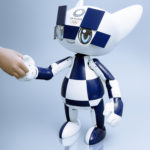
This remotely-controlled robot will welcome athletes and guests to official venues and will both allow expressions of arm movements via a remote-location robot, and share force-feedback from interactions.
The robot uses a camera mounted on the robot’s head, the robot can recognize people nearby, and once recognized, use its eyes to respond with/show a variety of expressions
The robot is equipped with miniature joint units across its entire body to offer flexibility when being controlled and the users can operate the robot safely and with high operational functionality
Toyota is currently considering plans for a new way for the Games to be enjoyed by children in Japan, via the mascot robot
T-HR3 (Humanoid Robot)
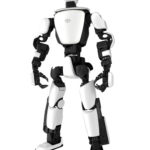
This robot will provide a way for other guests in remote/distant locations that are unable to be physically present at events to interact with athletes. The T-HR3 robots will be able to reproduce movement from a mascot robot in a remote location in near real-time.
In addition to providing images and sounds from the remote locations, these robot users will also be able to experience the power of movement and force-feedback, allowing them
to converse with and high-five athletes and others, feeling as if they were truly physically present
T-TR1 (Remote location communication Robot)
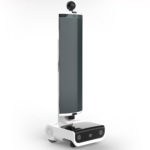
T-TR1 is a virtual mobility/tele-presence robot developed by Toyota Research Institute in the USA. It is equipped with a camera atop a large, near-lifesize display
By projecting an image of a user from a remote location, the robot will help that person feel more physically present at the robot’s location
With T-TR1, Toyota will give people that are physically unable to attend the events a chance to virtually attend, with an on-screen presence capable of conversation between the two locations
Human Support Robot/Delivery Support Robot
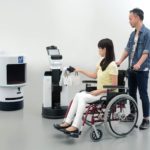
For a portion of the accessible seating seats at the Olympic Stadium, the Toyota Human Support Robot will guide guests to their seat and convey light meals and goods for them, helping them to more freely enjoy the competition
Also, the Toyota Delivery Support Robot, specially developed for Tokyo 2020, will directly deliver drinks and other goods to spectators that they have ordered from a dedicated tablet.
At track and field events, with around 500 seats during the Olympic Games and another 500 for the Paralympic Games, the robots are anticipated to serve over 1,000 spectators requiring mobility assistance.
Field Support Robot
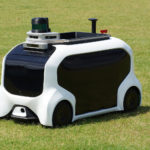
These special-use robots will be equipped with autonomous functions and used as part of throwing events, such as javelin, at the Olympic Stadium
While determining the optimal route to travel, the Field Support Robot (FSR) will follow operating staff on a path that avoids obstacles while retrieving and conveying throwing event items
By using the FSR, the aim is to reduce the amount of time needed to retrieve items as well as reduce the amount of staff labour for the events
Toyota and Tokyo 2020 will be working with the International Association of Athletics Federations (IAAF) in developing the FSR for the Tokyo 2020 Games.





